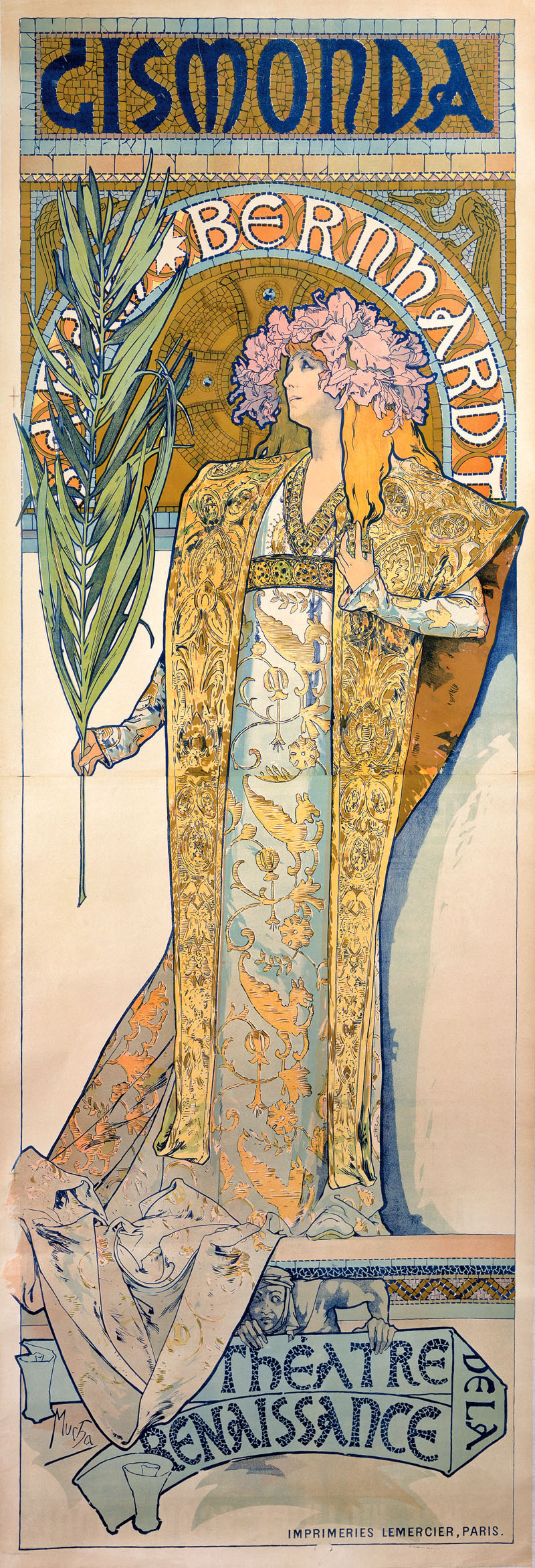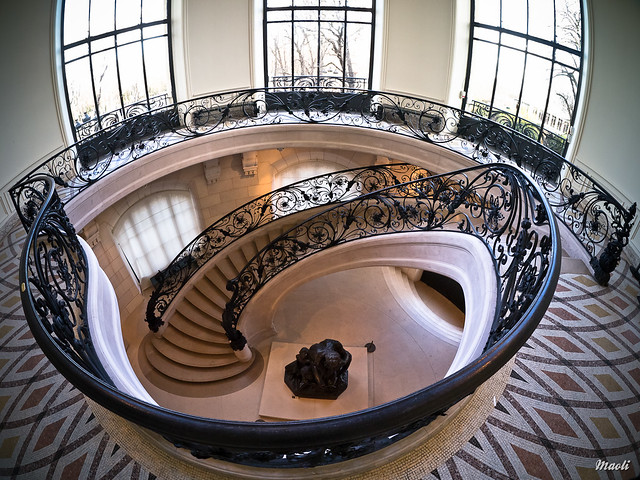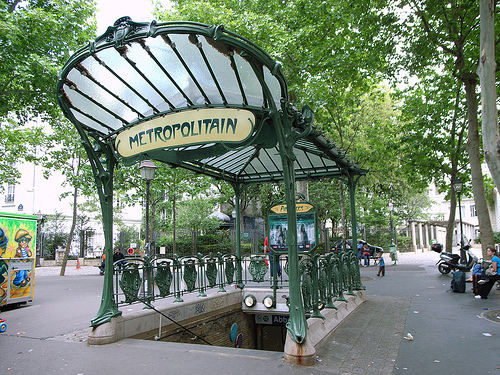This new style of art was becoming more and more popular embraced by many major countries in Europe and the 'Art Nouveau' took many names in other countries. 'Jugenstil' in Germany, 'Sezessionstil' in Vienna, 'Stile Liberty' in Italy and 'Modernista' in Spain which adhered to similar characteristics of the style

 Mucha continued designing ads for other businesses (ex; cigarettes etc) using the sensuality of the female figure in his works which became very popular subject in 'Mucha' work which later on helped him concluded that "with sex as a subject one is able to sell anything" creating an ideology that works till
Mucha continued designing ads for other businesses (ex; cigarettes etc) using the sensuality of the female figure in his works which became very popular subject in 'Mucha' work which later on helped him concluded that "with sex as a subject one is able to sell anything" creating an ideology that works till
This New Art roots started in Paris , France which was considered an Artistic hub at the time. The city streets were teaming with artists, writer and creative minds which made up the 'Avant Garde' and 'Bohemian' culture. With the new century approaching these artist felt that change was needed, to transition from the past and look towards the future. To be able to achieve such a thing Art Nouveau stated to threaten the Traditional Art and move away from its rules and boundaries.
Prior Art Movements that influenced the Art Nouveau Style;
- Rococo
- Art &Craft Movement
- Celtic Art
- Japanese Art (especially 'Japanese Print')
- Egyptian Art
- Gothic Art
Characteristics found in 'Art Nouveau';
The essence of Art Nouveau is described by sensuous lines and subtle light, stylised feminine figures and curly hair, fluent dresses and attitudes which is the direct inspiration of the Bohemian life style and the beauty Sex and sexuality. An important aspect of sensuality came from a famous actress at the time, 'Sarah Bernhardt' which was considered as crucial muse for Art Nouveau designers.
Natural vegetation, "whiplash" curves and willow leaves, twisting waves and fleeting smoke and from botanical studies and illustrations of living organisms which included insects and sea creatures.
Also in the style one can identify elements of controlled lines, geometric details and colourful new shapes along with the use of pattern
Art Nouveau was first introduced in 1900 at the 'World Fair'/' Universal' exhibition. For this grand occasion two magnificent buildings were built showcase this international exhibition. 'Le Grande Palais' and 'Le Petit Palais". The 'Petit Palais' was a tribute to the new Art movement and the façade and interior of the exhibition hall was designed following the characteristics that encompassed Art Nouveau. In the exhibition works of designers of the era were exhibited, such artist include 'Rene Lallic' and 'Emille Gallet'. also the Art Nouveau style was starting to be introduced to the general public. Such example of such could be seen with the design of the new Metros
 |
| Façade of 'Le Petit Palais' |
 |
| vegetal curved vines and floral motifs railing |
 |
| curved 'whiplashed' vines and floral motifs design(main door) |
 |
| metro entrance in Art nouveau style. ( Natural and organic elements portrayed using man made manufactured materials i.e steel and glass) |

Alphonse Mucha
During this decadent time art nouveau could be seen everywhere in architectural design and commercial products. This paved the way for mass advertising and the demand for new poster designs. A crucial designer of the time was 'Alphonse Mucha' which was the father of Art nouveau poster design. He made his break trough when he was commissioned by 'Sarah Bernhardt' a famous actress to create a poster for her next play 'Gizmonda'. 'Mucha' portrayed 'Bernhardt as a young decadent goddess as the main focal point in a stylised manner draped in a long floral patterned gown wearing a crown of flowers all drawn in a stylized form, making use of a pale shaded pallet of colour which revolutionised poster design. Sarah Bernhardt was so impressed that she continued to work and commission 'Mucha' to design other posters which put the artist on the map and became considered one of the most prolific artist/designer at the time.
 Mucha continued designing ads for other businesses (ex; cigarettes etc) using the sensuality of the female figure in his works which became very popular subject in 'Mucha' work which later on helped him concluded that "with sex as a subject one is able to sell anything" creating an ideology that works till
Mucha continued designing ads for other businesses (ex; cigarettes etc) using the sensuality of the female figure in his works which became very popular subject in 'Mucha' work which later on helped him concluded that "with sex as a subject one is able to sell anything" creating an ideology that works till
today. 

- Bibliography:
http://www.youtube.com/watch?v=6PHHhmLA8Sg (BBC Documentary: The Allure of Art Nouveau)
No comments:
Post a Comment